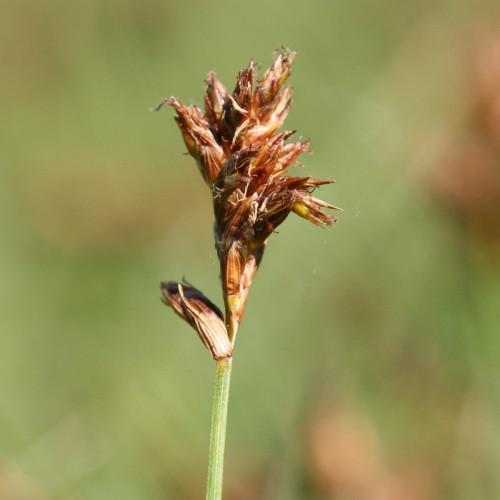
Blunt Sedge
Carex obtusata
Also Known As - Obtuse SedgeWatering:
Minimal
Hardiness Zone:
Flowers:
Flowers
Sun:
full sun,part shade
Fruits:
Fruits Ready In
Leaf:
Yes
Growth Rate:
Low
Drought Tolerant:
Yes
Salt Tolerant:
Yes
Care Level:
Medium
watering
Scandinavian Sedge should be watered regularly. During the growing season, it should be watered 1 - 2 times per week so that the soil remains moist but not waterlogged, or saturated. Be sure to check the soil around the plant before watering as moisture levels should be monitored. In the summer, additional water may be needed when the weather is particularly hot and dry. During the winter months, Scandinavian Sedge should be watered less frequently, as the plant needs much less water during the cold weather. It should have access to moisture, but once a week should be enough to keep it healthy.
sunlight
Scandinavian Sedge requires full sun to partial shade for optimal growth, with at least 4 hours of direct sunlight each day for best flowering. Although it can tolerate full sun, it may not flower as well in hot, dry conditions. In regions with prolonged summer drought, Scandinavia Sedge benefits from occasional supplemental irrigation.
pruning
Scandinavian Sedge (Carex norvegica) requires minimal pruning. Generally, pruning should be done when the plant begins to look messy or congested, which is typically once a year during the summer. Pruning should focus on removing spent flowers, dead or damaged foliage, and length adjustment of the stems. It is best to prune in the late summer or early fall, when the plant has finished blooming and is preparing to enter dormancy. Be sure to use sharp pruning shears to avoid damaging the shrub. For a more severe prune, wait until early spring and prune a few inches shorter to encourage new growth.
